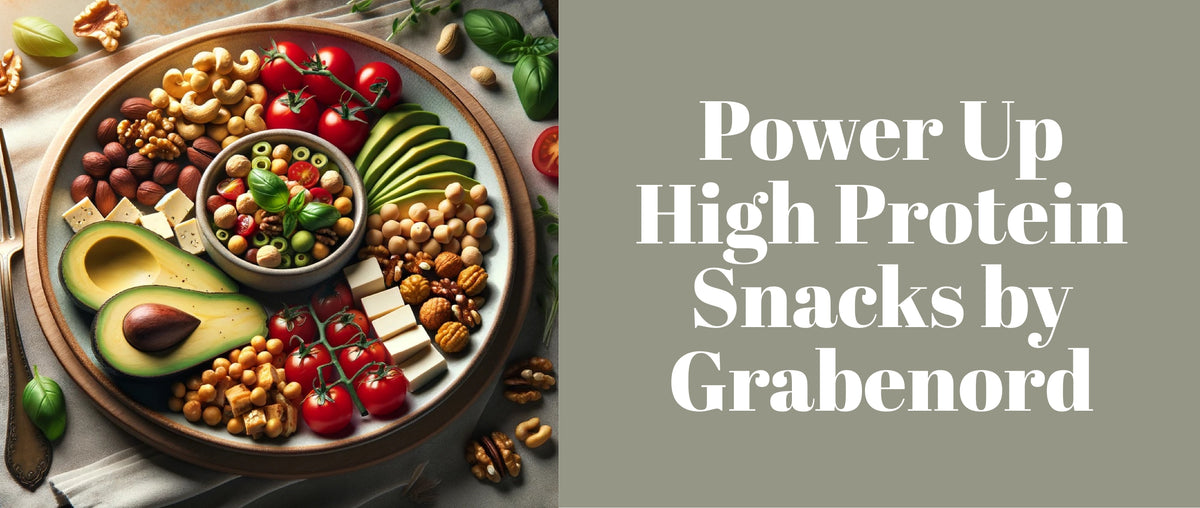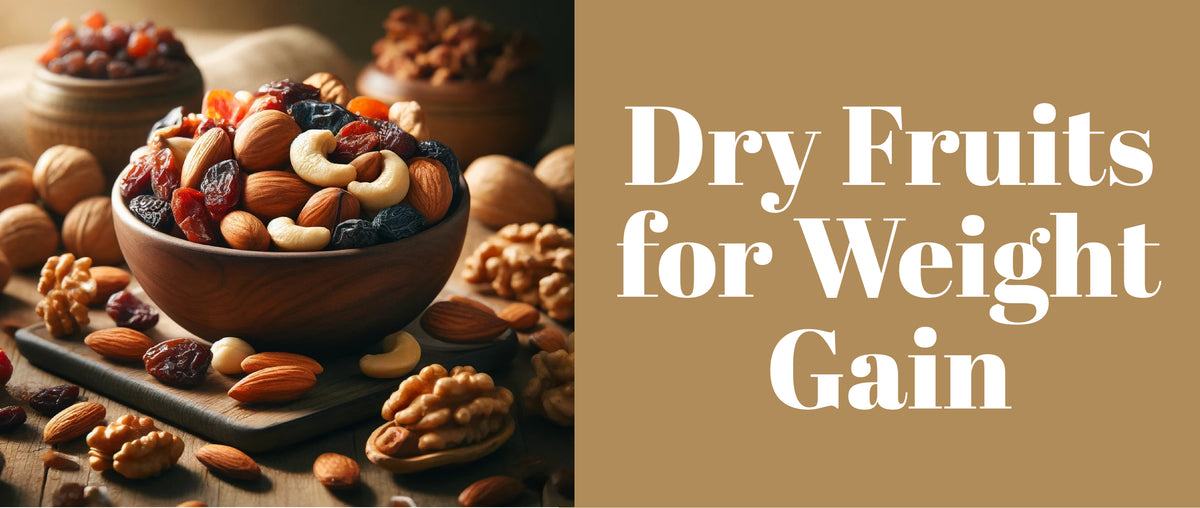Healthy Eating Habits
Adopting healthy eating habits is crucial for maintaining overall well-being and preventing chronic diseases. A balanced diet rich in nutrients supports physical and mental health, boosts energy levels, and promotes a longer, healthier life. By understanding the principles of a healthy diet and incorporating practical tips into your daily routine, you can make significant strides toward a better quality of life.
Key Takeaways
- A balanced diet is essential for overall health.
- Practical tips include eating more fiber, fruits, vegetables, and fish while reducing sugar and salt intake.
- Expert advice emphasizes planning meals, focusing on whole foods, and practicing mindful eating.
- Overcoming obstacles to healthy eating involves recognizing challenges and implementing strategies.
- Special dietary considerations should be made for different life stages and health conditions.
Understanding a Balanced Diet
Definition and Importance
A balanced diet provides the nutrients your body needs to function effectively. Without balanced nutrition, your body is more prone to disease, infection, fatigue, and poor performance. Children who do not get enough healthy foods may face growth and developmental problems, poor academic performance, and frequent infections.
Key components of a balanced diet include:
- Macronutrients: These are nutrients required in large amounts for energy and growth. They include:
- Carbohydrates: The body's primary energy source. Choose whole grains like brown rice, oats, and whole wheat.
- Proteins: Essential for muscle repair and growth. Incorporate a variety of plant-based proteins such as vegan cheese, tofu, and legumes.
- Fats: Necessary for cell function and energy. Opt for healthy fats found in avocados, nuts, and seeds.
- Micronutrients: These are essential vitamins and minerals needed in smaller amounts. They include vitamins A, C, D, E, and minerals like iron, calcium, and potassium.

Key Components of a Balanced Diet
Macronutrients:
| Macronutrient | Source Examples | Benefits |
|---|---|---|
| Carbohydrates | Whole grains, fruits, vegetables | Provides energy |
| Proteins | Beans, lentils, tofu, vegan cheese | Supports muscle repair and growth |
| Fats | Avocados, nuts, seeds, olive oil | Essential for cell function and energy |
Micronutrients:
| Micronutrient | Source Examples | Benefits |
|---|---|---|
| Vitamin A | Carrots, sweet potatoes, spinach | Supports vision and immune function |
| Vitamin C | Citrus fruits, bell peppers, strawberries | Boosts immune system, skin health |
| Iron | Beans, lentils, spinach | Prevents anemia, supports oxygen transport |
Practical Tips for Healthy Eating
Base Meals on Higher Fiber Starchy Carbohydrates
Starchy foods should make up just over a third of the food you eat. They include potatoes, bread, rice, pasta, and cereals. Where possible, choose wholegrain varieties, and eat potato skins. They contain more fiber and can help you feel full for longer.
| Food | Fiber Content (per 100g) | Benefits |
|---|---|---|
| Brown rice | 3.5g | Improves digestion |
| Whole wheat pasta | 6g | Helps with satiety |
| Oats | 10g | Lowers cholesterol |
Eat Lots of Fruits and Vegetables
It's recommended that you eat at least five portions of a variety of fruit and vegetables every day. They are a good source of vitamins and minerals and are low in calories and high in fiber.
Benefits of fruits and vegetables:
- Rich in essential vitamins and minerals
- High in dietary fiber, which aids digestion
- Low in calories, which helps in maintaining a healthy weight
| Fruit/Vegetable | Key Nutrients | Health Benefits |
|---|---|---|
| Spinach | Vitamin K, Iron | Supports bone health, prevents anemia |
| Blueberries | Antioxidants, Vitamin C | Boosts immune function, protects against aging |
| Carrots | Vitamin A, Fiber | Improves vision, aids digestion |
Incorporate More Fish into Your Diet
Fish is a good source of protein and contains many vitamins and minerals. Aim to eat at least two portions of fish a week, including one of oily fish. Oily fish are high in omega-3 fats, which may help prevent heart disease.
| Fish | Omega-3 Content (per 100g) | Benefits |
|---|---|---|
| Salmon | 2.3g | Heart health, reduces inflammation |
| Mackerel | 2.6g | Brain function, cardiovascular health |
| Sardines | 1.5g | Bone health, reduces cholesterol |
Expert Advice on Healthy Eating Habits
Planning Meals Ahead
One of the most effective ways to ensure you maintain healthy eating habits is to plan your meals in advance. This allows you to make thoughtful choices about what you eat, reduces impulsive eating, and helps you stick to a balanced diet.
Benefits of meal planning:
- Saves time and reduces stress during the week
- Helps manage portion sizes and prevent overeating
- Allows for a diverse and nutritious diet
Tips for meal planning:
- Create a weekly menu that includes breakfast, lunch, dinner, and snacks
- Make a shopping list based on your menu and stick to it
- Prepare meals in bulk and store them for easy access during the week
Focusing on Whole Foods
Whole foods are minimally processed and contain no artificial additives. They are rich in nutrients and free from unhealthy fats, sugars, and sodium found in many processed foods.
Examples of whole foods to include:
- Fruits and vegetables: Fresh, frozen, or dried without added sugars or preservatives
- Whole grains: Brown rice, quinoa, oats, whole wheat
- Proteins: Beans, lentils, nuts, seeds, and vegan cheese
Benefits of whole foods:
- Higher nutritional value compared to processed foods
- Helps maintain a healthy weight and reduces the risk of chronic diseases
- Supports overall health and well-being
Balancing Macronutrients
A balanced diet includes the right proportions of macronutrients: carbohydrates, proteins, and fats. Each plays a crucial role in maintaining health and supporting bodily functions.
Macronutrient balance tips:
- Fill half your plate with fruits and vegetables
- Allocate a quarter of your plate to lean proteins
- Reserve the remaining quarter for whole grains or starchy vegetables
Sample balanced meal:
| Food Item | Macronutrient | Benefits |
|---|---|---|
| Grilled tofu | Protein | Supports muscle growth and repair |
| Quinoa | Carbohydrate | Provides energy and fiber |
| Steamed broccoli | Fiber, Vitamins | Supports digestion and immune function |
Healthy Eating Tips for Everyday Life
Preparing Meals at Home
Cooking at home gives you control over ingredients and cooking methods, ensuring meals are nutritious and free from excessive fats, sugars, and sodium.
Benefits of home-cooked meals:
- Allows customization to dietary needs and preferences
- Typically lower in calories and unhealthy additives
- Can be more cost-effective than eating out
Simple healthy meal ideas:
- Stir-fried vegetables with tofu and brown rice
- Whole wheat pasta with marinara sauce and grilled vegetables
- Healthy Snacks for Kids: Apple slices with peanut butter, yogurt with berries
Choosing Whole Grains
Whole grains are an essential part of a healthy diet. They contain more nutrients and fiber than refined grains and provide lasting energy.
Examples of whole grains:
- Brown rice
- Quinoa
- Whole wheat bread
Benefits of whole grains:
- Improved digestion due to higher fiber content
- Better blood sugar control
- Reduced risk of heart disease
Whole grain swap ideas:
- Use brown rice instead of white rice
- Choose whole wheat bread over white bread
- Try quinoa or barley instead of refined pasta
Including Various Protein Sources
Protein is essential for muscle recovery, repair, immune function, and overall health. Including a variety of protein sources in your diet ensures you get all necessary amino acids.
Sources of plant-based protein:
- Lentils and beans
- Nuts and seeds
- Tofu and vegan cheese
Benefits of plant-based proteins:
- Lower in saturated fat compared to animal proteins
- High in fiber and essential nutrients
- Environmentally sustainable
High protein meal ideas:
- Quinoa salad with black beans and avocado
- Stir-fried tofu with mixed vegetables
- Healthy Drinks: Smoothies made with almond milk, spinach, and protein powder
Controlling Portion Sizes
Managing portion sizes helps prevent overeating and supports weight management. Understanding serving sizes can make it easier to eat the right amounts.
Tips for managing portions:
- Use measuring cups and spoons to serve food
- Avoid eating directly from large packages
- Pay attention to hunger cues and stop eating when satisfied
Visual portion guide:
| Food Item | Portion Size | Visual Cue |
|---|---|---|
| Meat/Protein | Palm-sized portion | Deck of cards |
| Vegetables | One fist | Tennis ball |
| Grains | One cupped hand | Baseball |
| Healthy Snacks | Handful of nuts | Small handful |
Avoiding Distractions While Eating
Eating without distractions helps you focus on your food, leading to better digestion and satisfaction.
Tips for distraction-free eating:
- Turn off the TV and put away your phone
- Sit at a table and focus on your meal
- Take time to chew and savor each bite
Benefits of distraction-free eating:
- Better awareness of hunger and fullness
- Enhanced enjoyment of food
- Improved digestion
Overcoming Obstacles to Healthy Eating
Many people face obstacles when trying to maintain healthy eating habits. Identifying these challenges and finding practical solutions can help you stay on track.
Common challenges and solutions:
1. Lack of Time:
- Solution: Meal prep on weekends, use a slow cooker, or choose quick and healthy recipes.
- Example: Prepare a batch of quinoa and roasted vegetables to use in various meals throughout the week.
2. Limited Budget:
- Solution: Buy in bulk, choose seasonal produce, and plan meals around sales and discounts.
- Example: Purchase dried beans and lentils instead of canned, and freeze excess portions for later use.
3. Picky Eaters in the Family:
- Solution: Involve family members in meal planning and preparation, and introduce new foods gradually.
- Example: Add finely chopped vegetables to favorite dishes like pasta sauce or casseroles.
4. Cravings for Unhealthy Foods:
- Solution: Find healthier alternatives and practice mindful eating.
- Example: Replace chips with air-popped popcorn or fresh fruit slices for a sweet craving.
Strategies for Maintaining Healthy Habits
Maintaining healthy eating habits requires ongoing effort and commitment. Here are some strategies to help you stay consistent:
Strategies to maintain healthy habits:
1. Set Realistic Goals:
- Start with small, achievable changes and gradually increase your goals.
- Example: Begin by adding one extra serving of vegetables to your daily meals.
2. Keep a Food Journal:
- Track your meals, snacks, and beverages to identify patterns and areas for improvement.
- Example: Use a mobile app or a simple notebook to log your daily food intake.
3. Stay Hydrated:
- Drink plenty of water throughout the day to stay hydrated and reduce the likelihood of mistaking thirst for hunger.
- Example: Carry a reusable water bottle with you and refill it regularly.
4. Find Support:
- Join a community or support group focused on healthy eating.
- Example: Participate in online forums, local cooking classes, or health-focused social media groups.

Special Dietary Considerations
Children
For children, a balanced diet is essential to support growth and development. Emphasize whole foods and nutritious snacks.
Key Components:
- Fruits and Vegetables: Aim for a variety of colors to ensure a wide range of nutrients.
- Proteins: Include sources like beans, lentils, tofu, and vegan cheese.
- Whole Grains: Choose options like whole wheat bread, brown rice, and oats.
Healthy Snack Ideas:
- Fruit Kabobs: Skewers of colorful fruit pieces.
- Veggie Sticks with Hummus: Carrot, cucumber, and bell pepper sticks.
- Yogurt with Berries: Use plant-based yogurt for a dairy-free option.
Adults
Maintaining a balanced diet during adulthood is crucial for preventing chronic diseases and managing weight.
Key Components:
- Lean Proteins: Include a variety of plant-based proteins such as legumes, nuts, and seeds.
- Whole Grains: Brown rice, quinoa, and whole wheat products.
- Healthy Fats: Avocados, nuts, seeds, and olive oil.
Meal Ideas:
- Quinoa Salad: Mixed with black beans, corn, and avocado.
- Stir-Fry: Tofu with a mix of colorful vegetables and brown rice.
- Smoothies: Blended with spinach, Kombucha , and protein powder.
Elderly
As people age, nutrient needs change. Focus on nutrient-dense foods to support bone health, muscle maintenance, and overall vitality.
Key Components:
- Calcium Rich Foods: Leafy greens, fortified plant based milks, and almonds.
- Protein: Ensure adequate intake with beans, lentils, tofu, and Vegan Cheese.
- Fiber-Rich Foods: Whole grains, fruits, and vegetables.
Meal Ideas:
- Oatmeal: Topped with berries and nuts.
- Lentil Soup: Rich in protein and fiber.
- Steamed Vegetables: Drizzled with olive oil and a sprinkle of seeds.
Considerations for Specific Health Conditions
Diabetes
Managing diabetes involves monitoring carbohydrate intake and choosing foods that have a low glycemic index.
Key Components:
- Complex Carbohydrates: Whole grains, legumes, and non-starchy vegetables.
- Healthy Fats: Nuts, seeds, avocados, and olive oil.
- Lean Proteins: Tofu, tempeh, and high protein snacks.
Meal Ideas:
- Vegetable Stir-Fry: With tofu and brown rice.
- Salad: Mixed greens with chickpeas, avocado, and a lemon dressing.
- Snacks: Nuts and seeds, or an apple with almond butter.
Heart Disease
A heart-healthy diet reduces the risk of cardiovascular diseases by focusing on nutrient-rich foods and limiting unhealthy fats.
Key Components:
- Healthy Fats: Found in avocados, nuts, seeds, and fatty fish like salmon.
- Fiber: From fruits, vegetables, and whole grains.
- Lean Proteins: Such as beans, lentils, and tofu.
Meal Ideas:
- Grilled Salmon: Served with quinoa and steamed broccoli.
- Bean Chili: Packed with vegetables and legumes.
- Snack: A handful of nuts or a piece of fruit.
Allergies
For individuals with food allergies, identifying and avoiding trigger foods is crucial while ensuring a balanced intake of nutrients.
Common Allergens and Substitutes:
- Dairy: Replace with plant-based milks like almond, soy, or oat milk.
- Gluten: Use gluten-free grains such as quinoa, rice, and buckwheat.
- Nuts: Opt for seeds like sunflower or pumpkin seeds if allergic to nuts.
Meal Ideas:
- Gluten-Free Pasta: With a vegetable rich tomato sauce.
- Dairy-Free Smoothie: Made with plant based milk and fresh fruits.
- Nut-Free Snack: Sunflower seed butter with apple slices.
Conclusion
Adopting and maintaining healthy eating habits is crucial for long-term health and well-being. By understanding the principles of a balanced diet, implementing practical tips, seeking expert advice, and overcoming common obstacles, you can make significant strides toward a healthier lifestyle. Remember to tailor your diet to your specific needs and life stages, and stay committed to making gradual, sustainable changes.
Do you enjoy vegan food? We have a list of vegan restaurants in India to help you find delicious options in your area!










